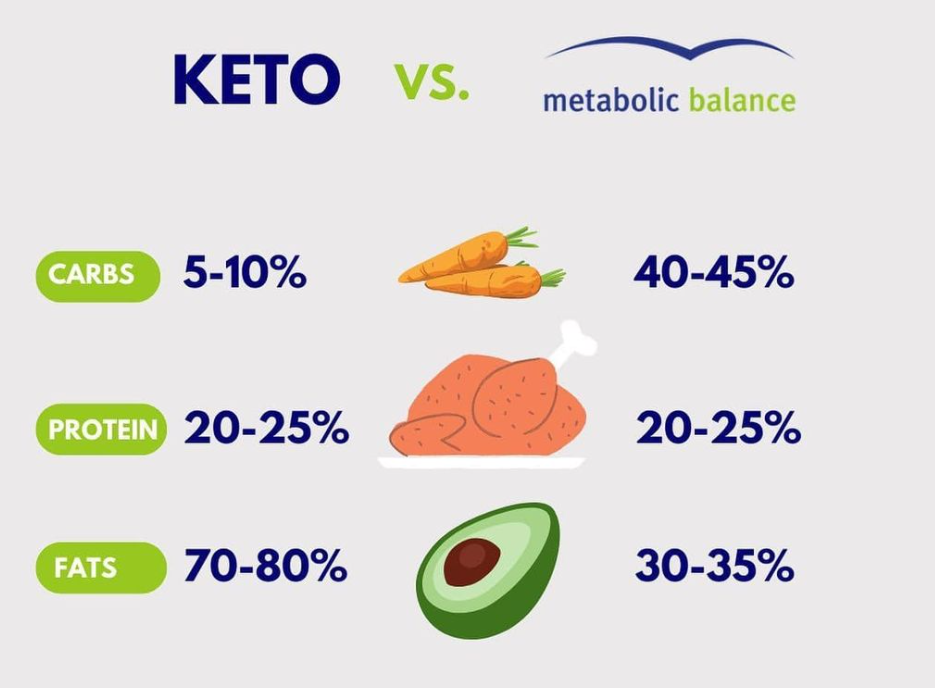Spring means pollen and allergy season for so many allergy sufferers.
The most common allergy is hay fever, which affects 20 percent of people who suffer from a pollen allergy. And over 50 percent of pollen allergy sufferers are also allergic or reactive to certain foods.
What are common allergy triggers?
Some of the most common are changes in dietary behavior, extreme environmental pollution, and poorly ventilated rooms. Studies show that pollen originating from trees located along roadsides and exposed to high levels of air pollution are more aggressive in their allergen composition than pollen from trees away from exhaust fumes and industry.
Putting further strain on the body and immune system is poor nutritional intake. Processed foods are filled with preservatives, artificial colors and flavors. These are a challenge for the metabolism and weaken the immune system. Processed foods also negatively impact the gut, which is home to more than 70% of our immune cells.
Allergy or intolerance?
Allergies are clearly medically distinguished from food intolerances, such as lactose, fructose or histamine intolerance. Although the symptoms are similar, the underlying mechanisms differ significantly.
There are 4 types of excessive immune reactions. The most common with food is the IgE-mediated immediate reaction. In the case of an allergy, the immune system reacts by producing IgE antibodies. Allergic symptoms usually do not occur immediately upon first contact with the allergen, but only after repeated contact. The mast cells, located in the tissue with a strong blood supply, burst and release inflammatory mediators such as histamine. Symptoms result, such as inflammation, itching, watery eyes, allergic asthma, and even anaphylactic shock.
Cross Allergies
About 40 to 50 percent of all sufferers with birch pollen allergy also react with allergic symptoms to apples, pears, cherries, celery, potatoes, tomatoes, and some exotic fruits.
Some of allergenic food proteins are heat sensitive. For example, while raw apples can trigger pollen allergies, cooked apples are often well tolerated. But there are also heat-stable proteins, such as celery allergens, which means that even cooked celery can cause problems for allergy sufferers.
Food Allergies and Medications
In the digestion of proteins, the pH of the stomach plays an important role. For example, if the pH value is 3 to 5, the food proteins remain undigested for much longer and retain their allergenic potential. People who frequently take antacids can change the pH value of the stomach can trigger allergies as a result. It was also found that patients treated with H2 blockers and proton pump inhibitors for gastritis or gastric ulcers for more than three months developed IgE antibodies against certain foods, such as peanut, walnut, potato, carrot or celery.
The allergenic potential of foods can be reduced by washing, peeling, heating, or fermenting. However, this does not apply to all foods. Mangoes, peanuts and some apple varieties are resistant to these measures. “Hidden allergens”, which are often deliberately or unknowingly added to processed foods, are also particularly problematic.
How can Metabolic Balance help with food allergies and intolerances?
The Metabolic Balance method focuses on the QUALITY of foods. Only fresh, high-quality, whole foods are on the food lists. All refined and processed foods should be avoided. Food additives can upset the delicate balance of the body’s internal chemistry, which can have a wide variety of effects – from weight gain to an increased risk of diseases related to the hormonal and immune system.
Cow’s milk, for example, contains twenty proteins. Five of these can trigger allergic reactions. By avoiding the main allergen carriers, some secondary allergies (e.g. nut allergy, apple allergy, house dust allergy, etc.) are alleviated and may also improve significantly during the metabolic change. General recommendations, such as heating allergen-triggering foods, are included in Metabolic Balance, as is the avoidance of the accumulation effect. That means minimizing mixing foods within the food groups, such as not mixing proteins in the same meal. And individual types of fruit are usually well tolerated by allergy sufferers, but several types of fruit mixed in a fruit salad are not!
Following a Metabolic Balance nutrition plan has been shown in many seasonal allergy sufferers to help minimize symptoms.
CONTACT ME for more information on getting your own Metabolic Balance plan now and be ready for seasonal allergy season! CLICK HERE to schedule a free call with me! Don’t wait – get a plan in place!





